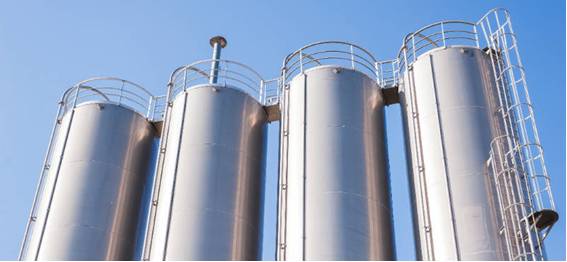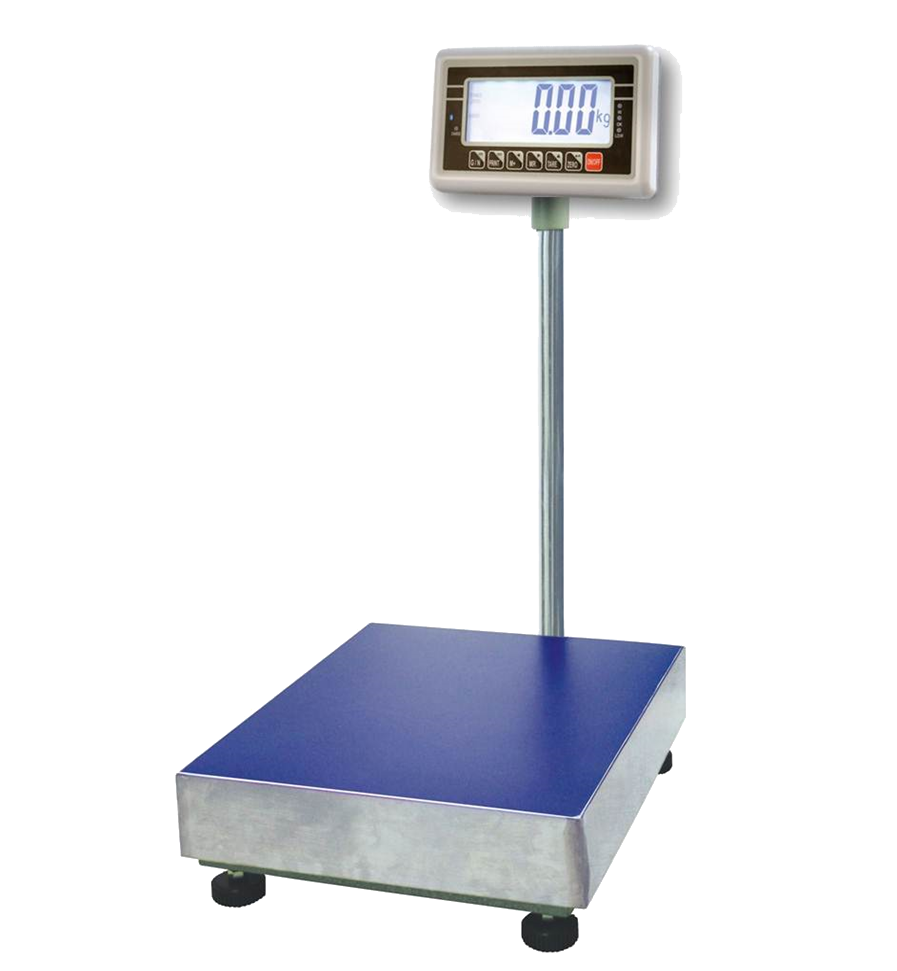Tank Weighing Systems
- Home
- Product Details
Tank Weighing Systems
about this item:
Silo/ Tank / Hopper Weighing
Over the last 35+ years, Concept has specifically developed a range of L weighing assemblies and instrumentation/electronics for accurate measurement during loading or unloading of bulk solids and liquids.
For communication with external systems, several different protocols are available.
By installing a silo, tank, hopper, bin or bunker on top of load cells, the weight of the contents can be determined (in kilograms or tons) with a very high accuracy (from approximately 0.1%) and easily passed to external data systems.
Silo, tank, hopper, bin or bunker weighing systems are generally used to determine the amount of material emptied into a truck and/or for inventory management. It is often very important to know the amount of material stored in a silo at any time.
Typical materials that are stored in silos/tanks/hoppers:
• Food and drink ingredients, e.g. wheat, flour, glucose syrup, grain, ethanol, fruit juices, Milk, edible oils such as olive oils
• Plastic pellets
• Biomass pellets
• Fertilizers
• Minerals and mined products, e.g. charcoal, sulphur, nickel, copper, iron ore
• Paint
• Concrete and cement
Our Solutions
We can use either Imported Loadcells having specialized mounting arrangements that makes the installation simpler, faster, safer and reduces the chances of load cell damage. No hydraulic jacks, or other lifting tools, are needed during the installation ¬ because these loadcells have unique weighing modules have an integral mechanism to lift the silo / tank into the raised position whilst the load cell is installed ¬ then lower the silo / tank into the weighing position. This can all be done when the silo / tank is full of product so production processes do not need to stop.
Alternatively, for economical solution, we can use some Indian loadcells and mounting arrangements where we will need the hydraulic jack to lift the tank during installation. Though these mechanism allow changing loadcells without much issues even under loaded conditions.
A silo / tank weighing system normally consists of three or four load cells, a junction box and a weight indicator and weight transmitter (via RS232 / RS485 / Ethernet port). The junction box joins the wires from the individual load cells and averages the millivolt (mV) signals from the load cells to create a combined mV value that is sent to the input terminals of the weight indicator or transmitter with the minimum possible level of electrical noise. This, in turn, will have several communication options to send the weight to a PLC or PC.
The weighing system can be calibrated by filling the silo / tank with a known weight of the stored material, placing or hanging certified test weights on the silo, or making use of calibration function where approx calibration is possible even without actual loading of the tank.
Gravimetric Level Measurement
Traditional Level Measurement Technologies
There are many different types of device used to determine the level of contents of tanks or silos, most of which rely on a signal being sent inside the vessel, for example using radar or ultrasonic waves, or even paddle-like sensors that come into contact with the stored material. Radar and ultrasonic level sensors usually send a single ray (or several rays) into the vessel at a fixed point and provide information about the distance from the sensor to the material surface directly below it ¬ and therefore the height of the material from the bottom of the silo or tank. Radar and ultrasonic level sensors are not reliable with materials that are hot, frozen, aggressive, non-free-flowing, non-self-levelling and those forming vapour, dust, mist or bubbles. Also, the shape of the silo or tank, the location of any filling/emptying ports and parameters such as storage temperature and viscosity can impact the reliability of these methods.
Consequently, many level measurement systems using radar or ultrasonic technology utilize multiple sensors and expensive software to process the multiple measurements and produce a complex, often unreliable, estimation of the ‘average’ level of the contents.
Use a Gravimetric method for greater accuracy
A more cost effective, more reliable solution is to install load cells underneath the tank or silo to determine the level of its contents. This is called Gravimetric Level Measurement. The load cells will never come into contact with the contents of the vessel, therefore avoiding contamination of the product (– hence best suited for food grade material) and potential corrosion of the load cells and their weighing modules.
If the level of contents in the tank or silo is determined by weight, it may not be necessary for the weight of material to be measured with extremely high accuracy, as the only information usually required will be the silo status: ‘empty’ or ‘full.’ Therefore, a level of accuracy from 1% to even 5% may be sufficient in some situations and it is possible to use load cells with a level of precision (can be up to 0.1% of Full Scale). This gives rise to a very cost-effective solution, especially when compared with the cost of a single, or multiple, level sensors.


